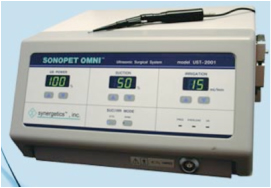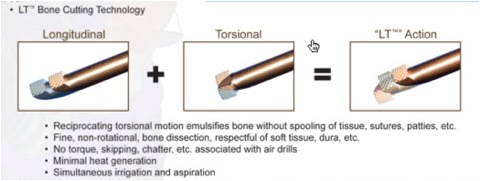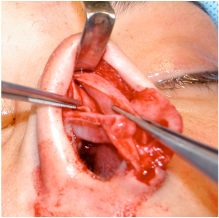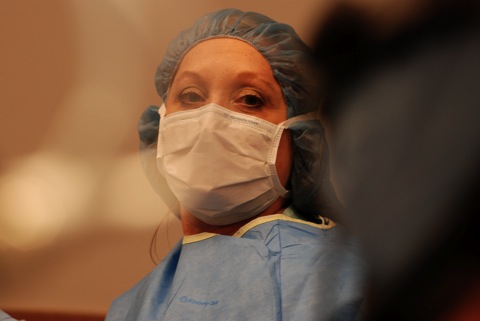Although Dr Pribitkin had no financial association with Synergetics, Inc whatsoever, he has been retained as a consultant by Stryker to help improve the Sonopet device. Dr. Pribitkin notes, “As the originator of Sonic Rhinoplasty, I am delighted to join with Stryker in an ongoing process to perfect this technology and improve patient care.”

Originally developed for use in intricate neurosurgical procedures, the Sonopet Ultrasonic Bone Aspirator is able to remove bone without injuring delicate structures such as nerves, blood vessels and cartilage. The device works by ultrasonically vibrating a metal alloy tip that emulsifies the bone which is irrigated and suctioned away. The tip vibrates at 25kHz which is a frequency that will not harm surrounding soft tissues.

All Sonic rhinoplasties are performed “OPEN” so that the bone removal is performed under direct vision. Dr. Pribitkin performs only open structure rhinoplasties in order that he may more precisely reposition the nasal cartilages and align the bones. Here we see the open approach used to correct a deformity of the nasal septum while exposing the dorsum for reduction.

The bone aspirator permits precise, incremental bone removal under direct vision. Dr. Pribitkin can use the this device to actually sculpt the bone into a pleasing rounded shape without sharp edges. In this endoscopic video, we see how the aspirator functions during an actual surgery. To view the video, you will need Quicktime which may be downloaded from http://www.apple.com/quicktime/
Dr. Pribitkin is assisted by a top-notch rhinoplasty surgical team lead by Carol Shindle, who contributed substantially to the development of the Sonic Rhinoplasty technique.


